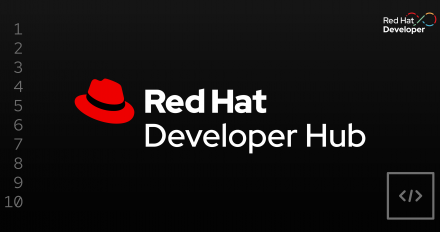
5 myths about platform engineering, debunked
This article dispels common myths about platform engineering to help development teams reap its benefits for more efficient and streamlined processes.

This article dispels common myths about platform engineering to help development teams reap its benefits for more efficient and streamlined processes.
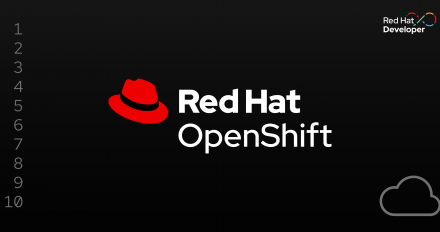
Find out what new features and capabilities have been provided in Red Hat
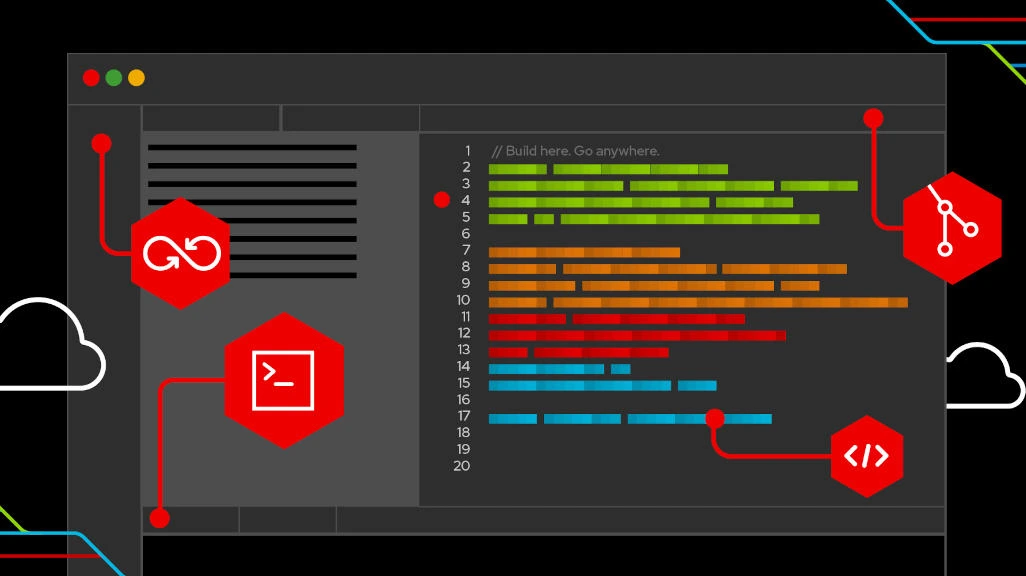
OpenShift GitOps 1.13 has been released, here is an overview of what is new in

Learn about a new Red Hat OpenShift Service on AWS (ROSA) with hosted control planes feature that streamlines access to your ROSA clusters.
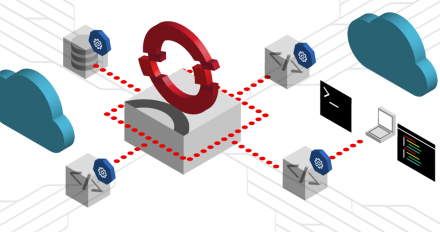
Learn about image-based upgrades, a new developer preview feature that reduces the time required to upgrade a single node OpenShift cluster.
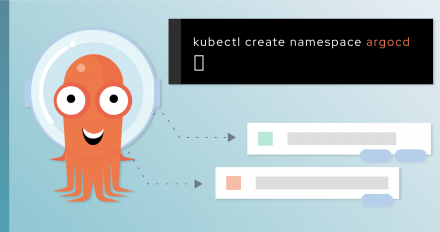
Discover how using Argo CD with ApplicationSet and generators provides a robust and flexible solution for managing deployments in complex Kubernetes environments.

Get the information you need to fuel innovation and productivity in your organization.
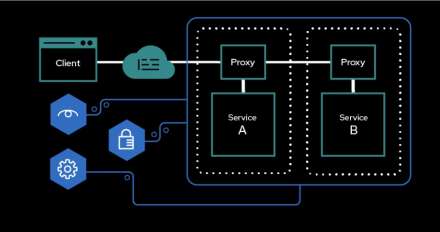
This article explores the concept of cloud-native canary deployment strategy using Argo Rollouts and OpenShift Service Mesh following a GitOps model.

A common platform for machine learning and app development on the hybrid cloud.

Applications based on machine learning and deep learning, using structured and unstructured data as the fuel to drive these applications.

This article explains the concept of cloud-native canary deployment strategy using Argo Rollouts following a GitOps model, including a demo.

Red Hat provides AI/ML across its products and platforms, giving developers a portfolio of enterprise-class AI/ML solutions to deploy AI-enabled applications in any environment, increase efficiency, and accelerate time-to-value.

Enterprise grade Artificial Intelligence and Machine Learning (AI/ML) for Developers, Data Engineers, Data Scientists and Operations.

Learn how to access a large language model using Node.js and LangChain.js. You
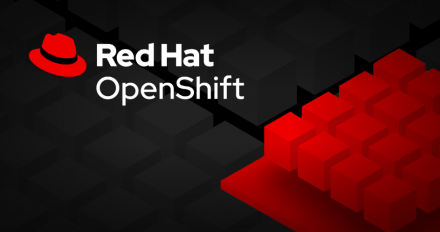
The Red Hat OpenShift application platform is comprised of many components

This article explains the concept of cloud-native canary deployment strategy using Red Hat OpenShift Service Mesh following a GitOps model, including a demo.
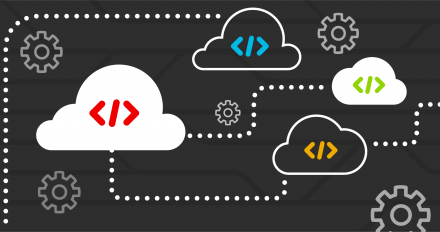
Learn how to implement a complete CI/CD pipeline using Source-to-Image builds deployed in Azure Red Hat OpenShift with Azure tooling.
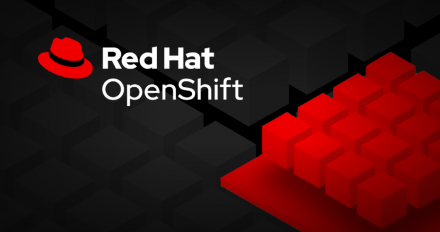
Find out what's new for developers in Red Hat OpenShift 4.15. Access Tekton Results in the console, try Red Hat Developer Hub quick starts, and more.
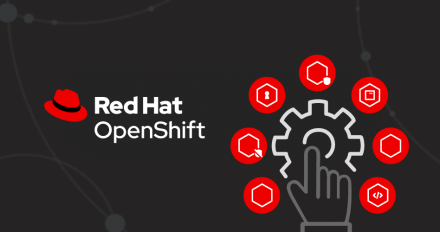
Learn how to deploy and manage a fleet of OpenShift clusters spanning multiple versions using Red Hat’s Zero Touch Provisioning (ZTP), GitOps operator, and Red Hat Advanced Cluster Management.
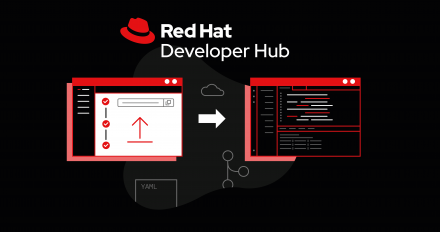
Learn how to onboard developers onto Red Hat Developer Hub, so they can import
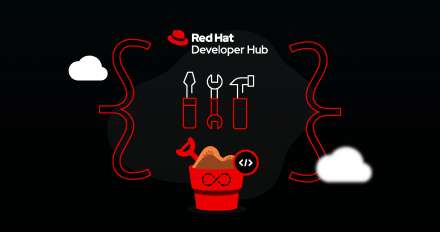
Learn how teams can boost developer productivity by implementing Red Hat Developer Hub to automate repetitive tasks and introduce self-service options.
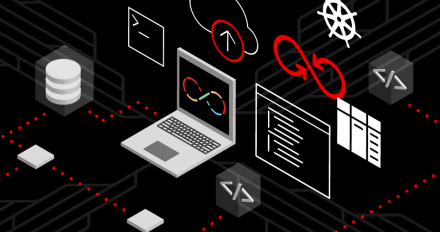
Join Red Hat Developer for the software and tutorials to develop cloud applications using Kubernetes, microservices, serverless and Linux.
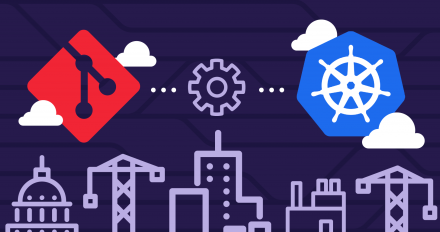
Explore cloud-native blue/green deployment strategy using Argo Rollouts following a GitOps model in this demonstration.

Get an introduction to Red Hat Developer Hub, based on the open source Backstage project, and discover how it streamlines the software development process.

Here are the most popular Kubernetes resources of 2023, featuring a guide to using Kubernetes on OpenShift and patterns for managing and deploying Helm charts.